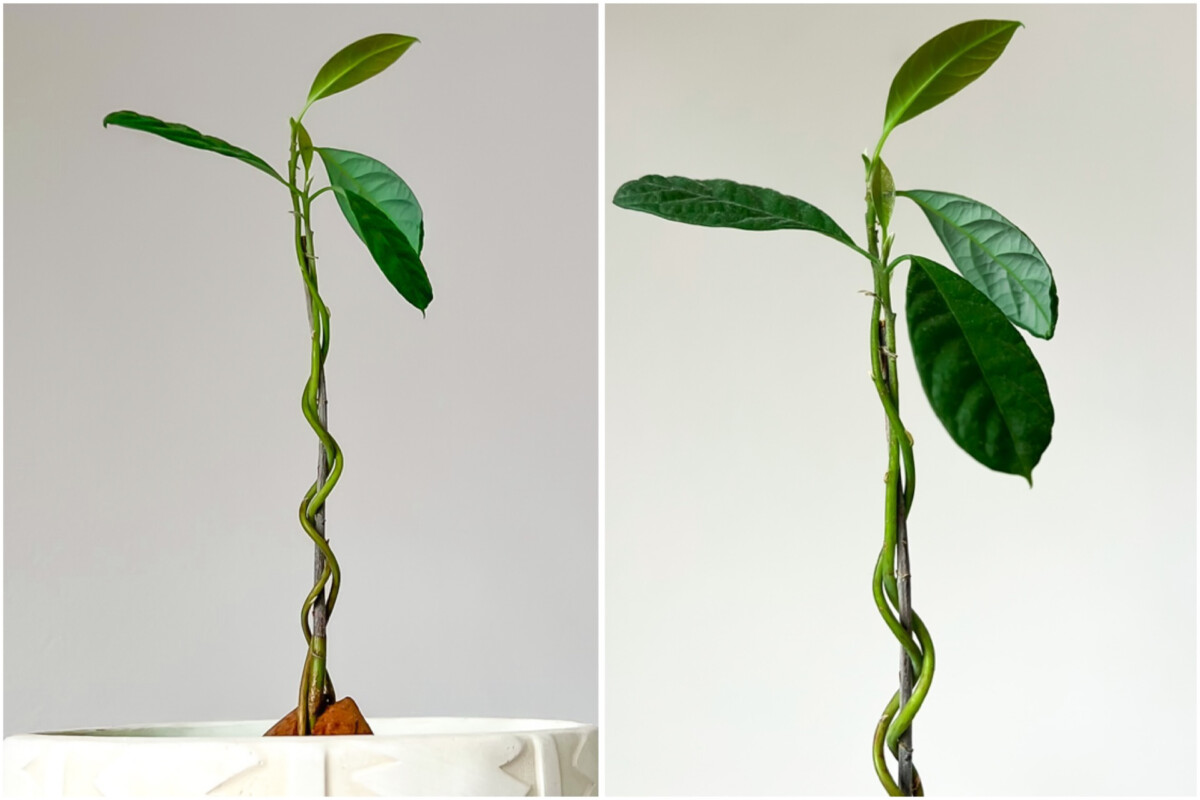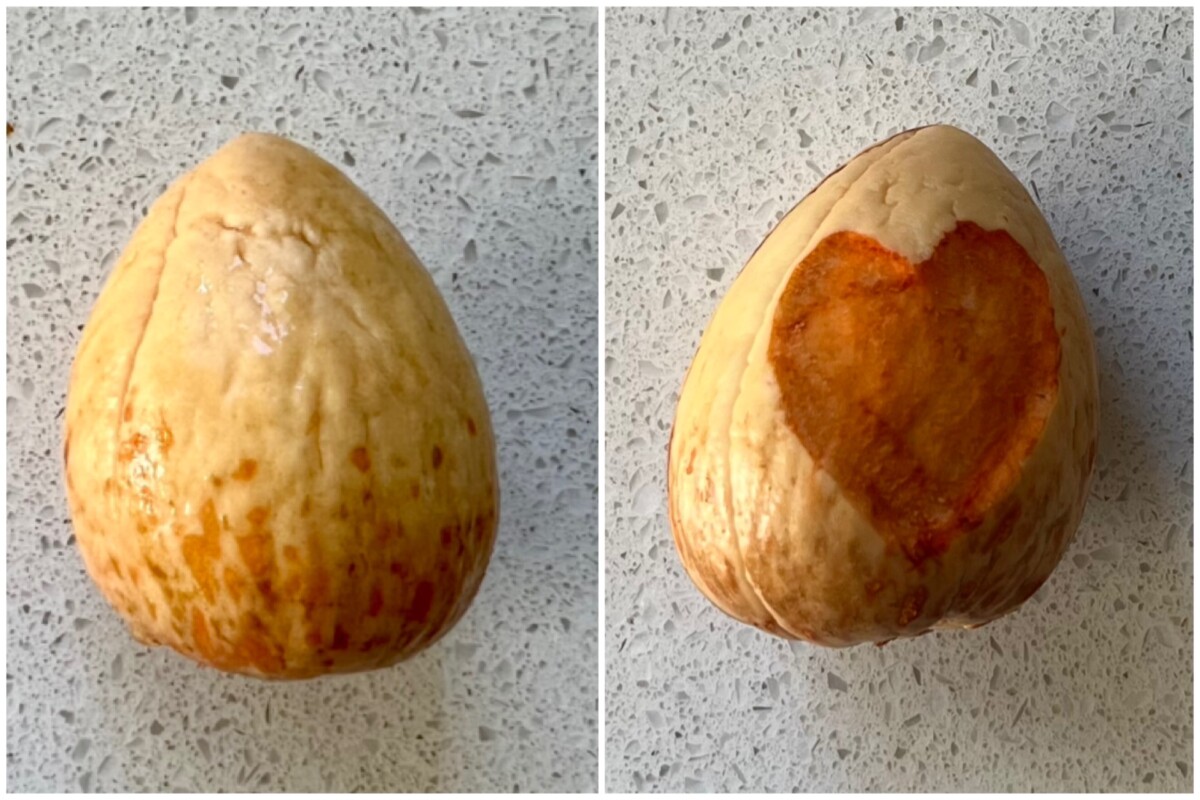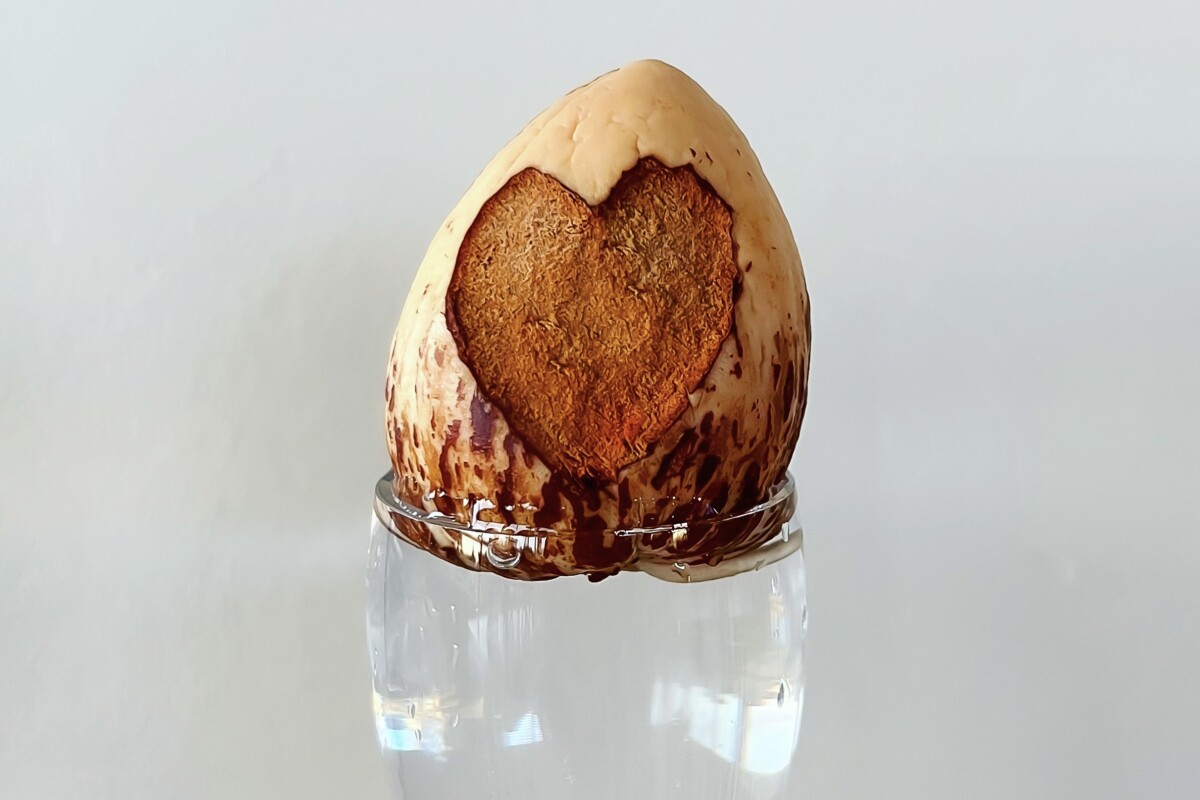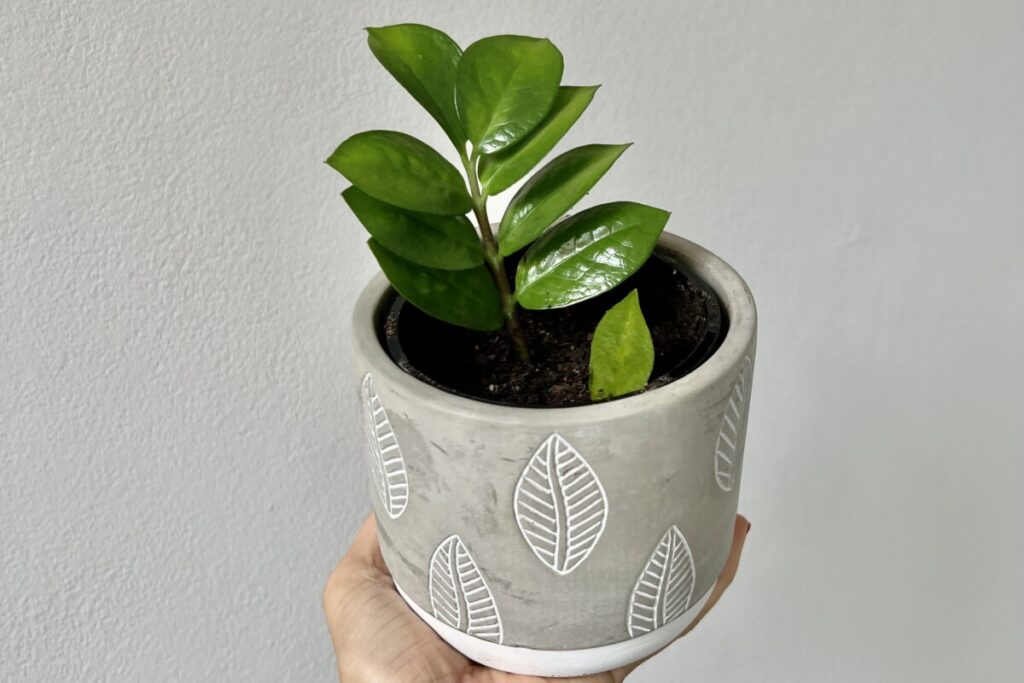
The ZZ Plant
The humble ZZ plant (Zamioculcas zamiifolia) is a popular, handsome waxy plant. Also known as the Zanzibar Gem, they produce round, moisture storing rhizomes making them drought tolerant (for forgetful plant-parents!) They are also very resistant to pests and diseases. All of this, along with the fact that the ZZ Plant is a great air purifier, makes it a popular indoor plant.
ZZ Plant Care
The ZZ Plant is the perfect beginner-friendly plant or for those part-time plant parents as it thrives with very little care. These hardy aroids are often found in windowless offices or bathrooms without much natural light. This is because the fluorescent light is sufficient to keep it alive. The gym that I go to, for example, has ZZ’s around the gym floor as it doesn’t get much natural light. They also require very little water thanks to their moisture-storing rhizomes. Saying that, they are happier and do grow faster in bright to moderate, filtered light and watering a couple of times a month once the soil has dried out.
So – are these the perfect house plants? Almost. Care should be taken while handling the ZZ plant, as all parts of the plant are poisonous. Wearing gloves and hand washing are necessary to avoid any irritation and all ZZ plants should be kept away from inquisitive children and pets.
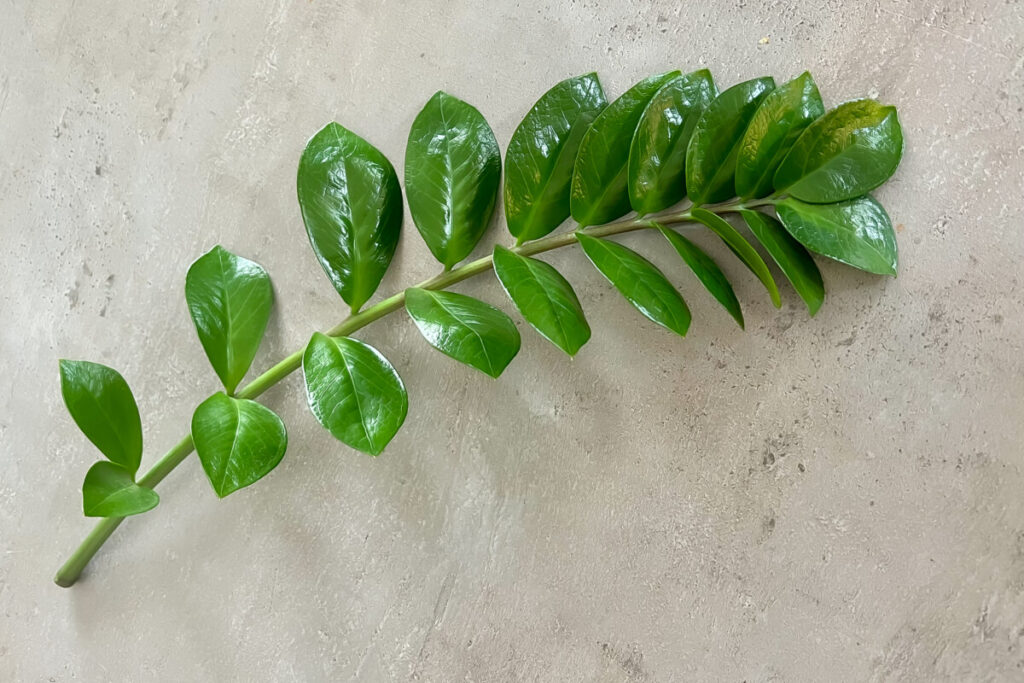
ZZ Propagation
There are a number of ways to propagate the ZZ plant:
- Gently dividing the rhizomes and re-potting in different pots
- Stem cutting in water or soil
- Leaf cutting in water or soil
As I have not yet attempted the rhizome splitting or propagation in soil, this blog will focus on the methods I have used and had success with. As such, I’ll focus on stem and leaf propagation in water.
I am a big water propagation fan as I love watching the roots grow and seeing the cutting transform into it’s very out plant.
ZZ plant stem cutting in water
You really don’t require much for propagating a zz plant stem. The most important things are:
- A healthy donor ZZ plant
- Gloves
- Sharp, clean scissors or secateurs
- A clean glass jar or vase for water propagation
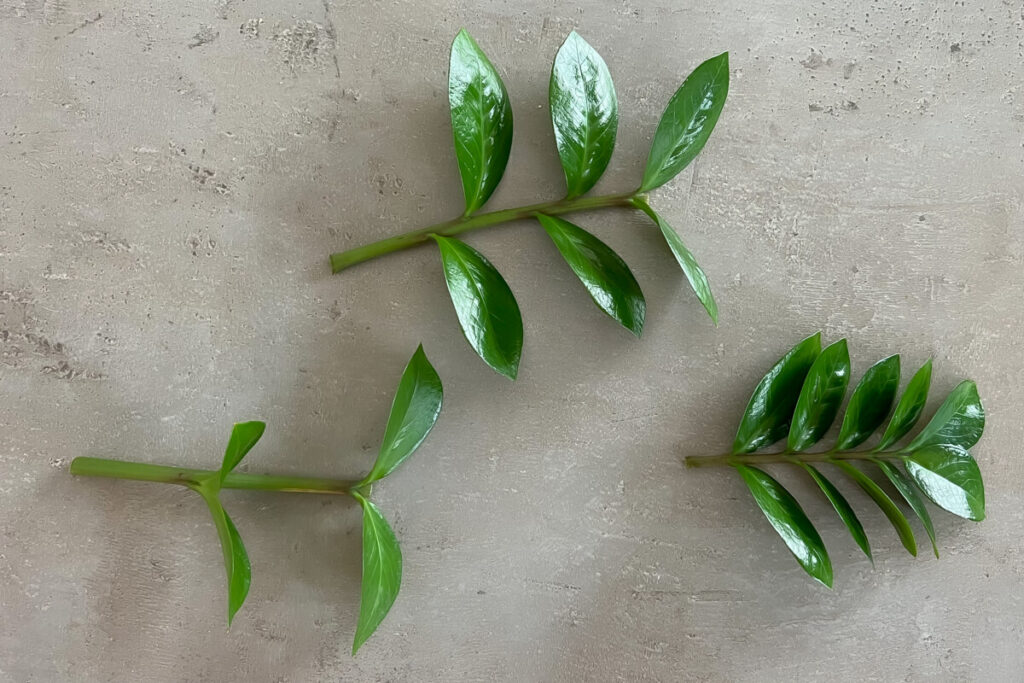
I started by choosing a healthy stem around 30cm long (12 inches) long with a number of beautiful leaves and gently cutting it from the mother plant with a clean pair of scissors. Remember to wear gloves to avoid any skin irritations. I then divided the stem into 3 sections as shown in the image below. It will be very tempting to put these beauties straight into water as soon as possible, BUT don’t be too hasty! Before attempting water propagation with these cuttings you should allow them to sit somewhere dry to allow the cut ends to callous over. This important step reduces the chance of rot. Generally I allow 24hrs or overnight.
Once the cuttings have had around 24 hours sitting out on the bench, simply place the stems in a little water. Make sure that you generously cover the end, but ensure that no leaves are submerged.
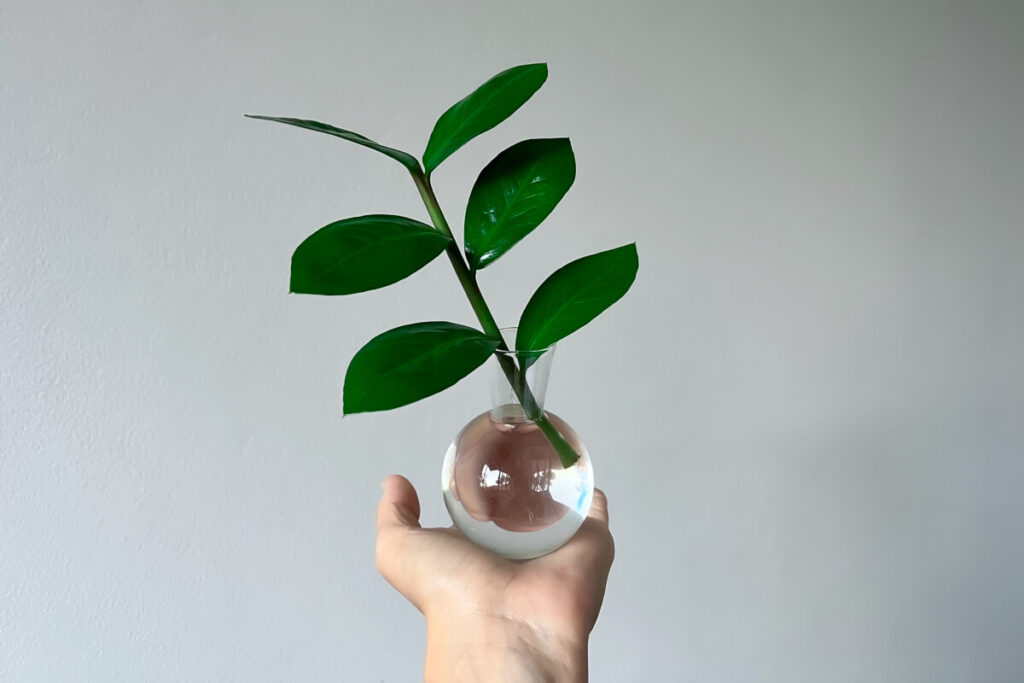
Then place the little babies in a warm, light area without direct sunlight. I use the windowsill in our kitchen.
With a change of water every few weeks and bright indirect light, you should see some root growth anywhere between two/three weeks and a few months. I know! Patience isn’t always my finest trait either! Ha!
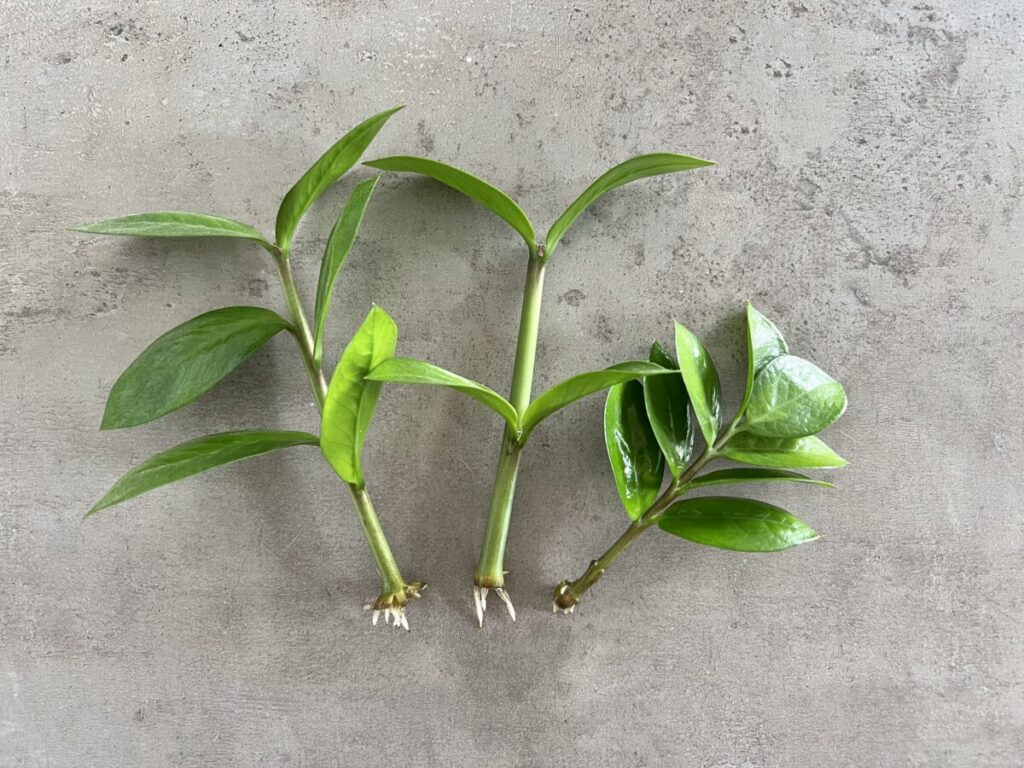
ZZ leaf cutting in water
Amazingly, you don’t require a rhizome or even a stem to propagate a ZZ plant – all you require is a leaf!
You’ll need the same tools as noted above for the stem propagation – so get all that ready before you start.
Carefully cut a few leaves from the donor plant as close to the stem as possible with the clean pair of scissors. Although it is recommended to allow the leaves to callous overnight, I have to admit that in this experiment I skipped this step! I simply placed the ends into a small glass of water or (as i love to use) a glass vase in a propagation station. Using the latter allows the roots to grow without obstruction from the bottom of the glass. The roots will begin to form within two to three weeks, but to get a mature ZZ plant from just a leaf cutting will take years.
The photo below shows the growth of the leaves after one month in water.
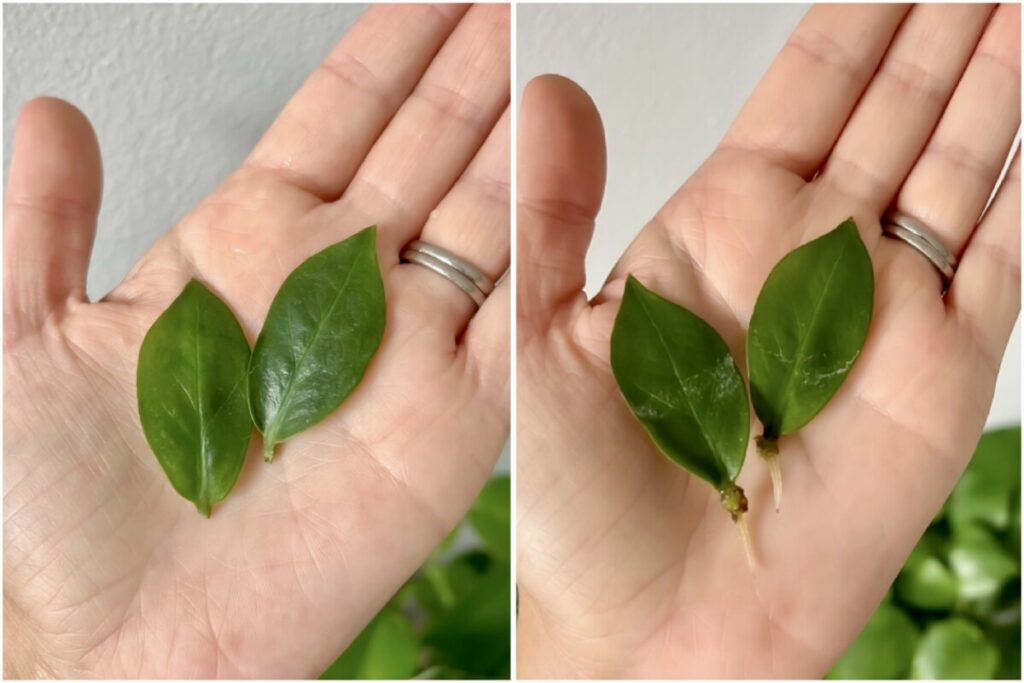
If wanting to try propagating the leaf in soil, it is best to cut off the bottom third of the leaf to promote root formation as shown in the image below. Once cut, I left to callous over before being potted upright in well draining soil. Again, I find this process difficult because I can’t witness the progress. But be patient, the roots should start to form along the cut edge of the leaf in the soil. I’m still at the beginning of this experiment, so I’ll update as this progresses.
ZZ plant leaf propagation in soil tip: create a little terrarium with a recycled plastic bottle or cup. This keeps moisture around the leaf during the root formation period!
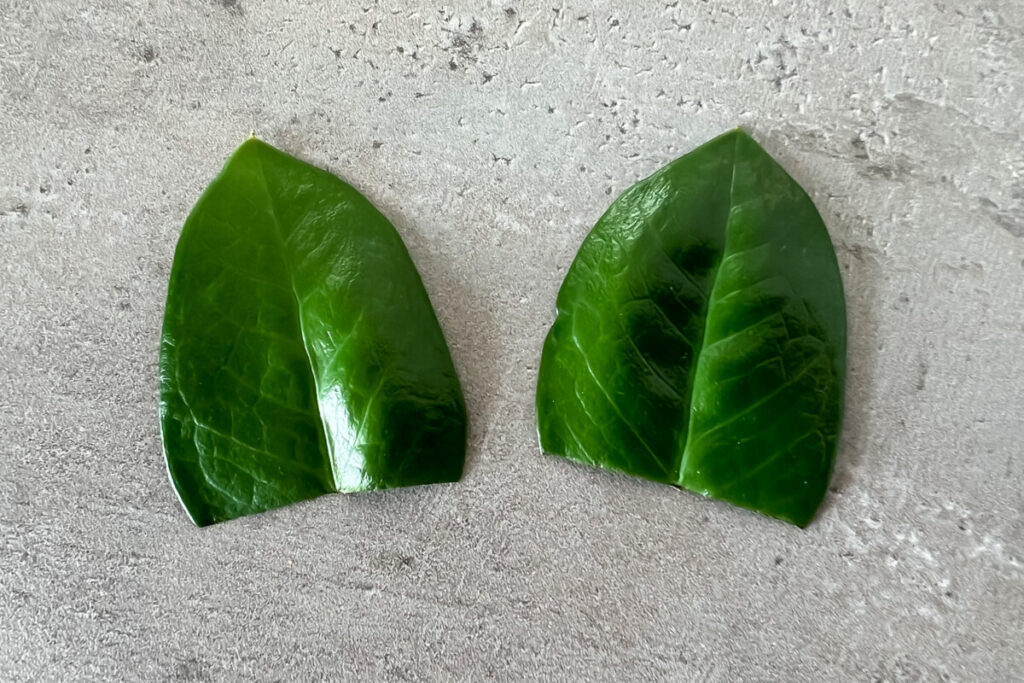
Have you tried to propagate your ZZ Plant? Which method did you use and how successful were you? Let me know – I’d love to hear how you got on.

